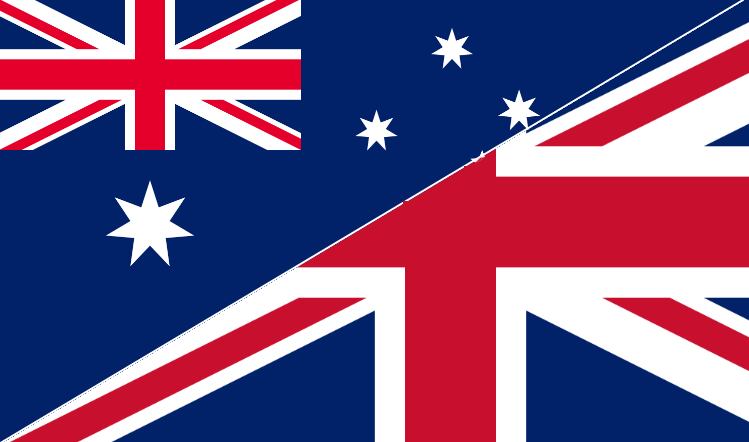The latest figures show EU sales fell 47% compared with Q1 2020, which the Food and Drink Federation (FDF) attributes to the ongoing impacts of COVID-19 and changes in the UK’s trading relationships.
Sales to non-EU nations accounted for 55% of all UK food and drink exports, with exports to the EU having fallen by £2bn compared with Q1 2019.
Exports to nearly all EU member states fell significantly. In Q1 2021, sales to Ireland were down by more than two thirds, while sales to Germany, Spain and Italy declined by more than half since Q1 2020.
Dominic Goudie, head of international trade at the FDF, said: “The loss of £2bn of exports to the EU is a disaster for our industry, and is a very clear indication of the scale of losses that UK manufacturers face in the longer-term due to new trade barriers with the EU.
“We set out a plan to mitigate these impacts by boosting support for exporters, and this was backed by the Trade and Agriculture Commission. The Government must stop prevaricating and get behind these proposals to help exporters that have been shut out of trading with the EU.”
Top 10 products
All of the UK’s top 10 products exported to the EU fell significantly in value from 2019 to 2021, with whisky dropping 32.3%, chocolate 36.9% and lamb and mutton 14.3%. Dairy products have been most severely impacted; compared with 2020, exports of milk and cream to the EU have fallen by more than 90%, and exports of cheese by two thirds in the same time period.
John Whitehead of the Food & Drink Exporters Association (FDEA) said: “Whilst some of this large drop can be put down to end of year stockpiling, significant business has been lost as a direct result of the additional bureaucracy, customs delays and costs of trading with the EU.
“Experienced FDEA members are continuing to battle against inconsistent interpretations of regulations across the EU and having to weigh up whether the time and cost involved is sustainable. We fully support the FDF in pressing Government to boost support for exporters.”
East Asia
There has also been a return to strong growth in exports to East Asia, where there is high demand for quality UK food and drink, according to the FDF. In Q1 2021, exports to China (+28.2%), Hong Kong (+3.7%), Japan (+6.2%) and South Korea (+18.5%) were all above the levels seen in Q1 2020, when the COVID-19 pandemic triggered the early closure of hospitality sectors.
The UK’s top three non-EU markets, US (11%), China (5%) and Singapore (3%), now account for 19% of the UK’s total exports, a figure of £713m.
EU imports
UK imports from the EU were also down 10%. According to the FDF, this was driven by a number of factors including the continued closure of the UK’s hospitality sector, stockpiling in late 2020, reduced demand for ingredients as a result of the decline in exports to the EU, and import substitution.
According to the FDF, this fall is set to increase when full checks are implemented at UK borders in 2022.
Of the UK’s top 10 products imported from the EU from 2019 to 2021, vegetables dropped 13.9%, wine 20%, and fruit 15.7%. Products of animal original were also heavily impacted, with large falls in imports of EU pork, cheese, chicken and beef.




